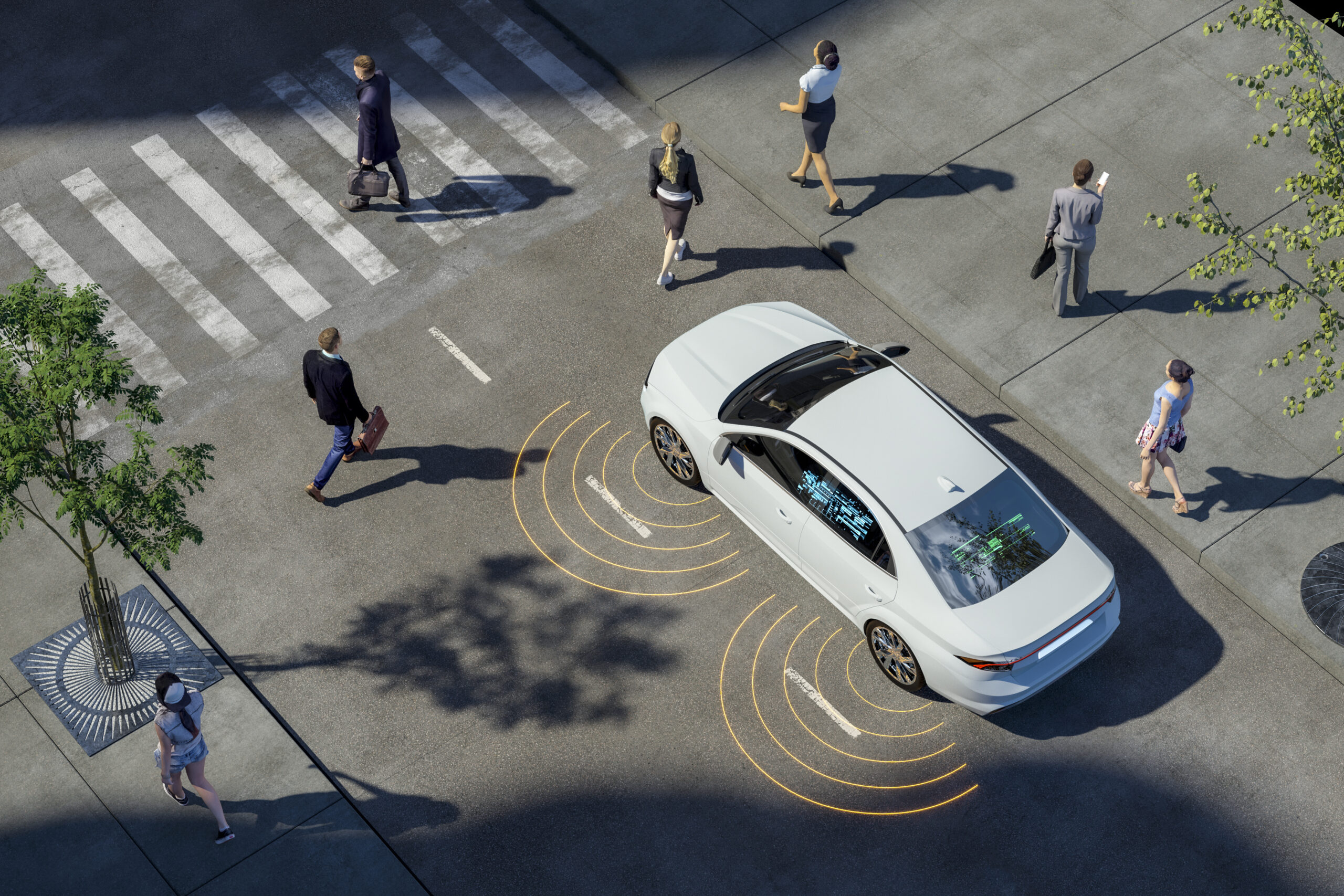Autonomous driving could be a significant tailwind for this ride-hailing company.
Uber Technologies (UBER 0.08%) operates the world’s largest ride-hailing platform, but it’s also home to its food delivery service, and the Uber Freight commercial logistics network.
Uber’s stock price is currently down 8% from its all-time high, which was set just last month, and Donald Trump’s recent election victory might be a key reason. However, that could turn into the biggest financial opportunity in the company’s history.
I think the recent dip might be a buying opportunity. The overwhelming majority of the analysts tracked by The Wall Street Journal appear to agree. They have assigned the stock the highest-possible buy rating, and none recommends selling. Here’s why investors might want to buy a slice of Uber ahead of the new year.
The mobility industry is facing an important shift
During the third quarter of 2024 (ended Sept. 30), Uber had a record 161 million customers using its platform every month. They completed over 2.8 billion trips during the quarter, resulting in $40.9 billion in gross bookings.
A gross booking is the total amount of money a customer spends on the Uber app. For a ride-share, it includes the driver’s earnings, and for a food delivery order, it includes the cost of the food, even though Uber doesn’t keep that money.
Once those costs are taken out, Uber is left with a revenue figure. This was $11.2 billion during the third quarter, which was a 20% increase from the year-ago period.
However, the mobility industry is about to undergo a major shift on the back of autonomous technologies. Uber already offers driverless ride-sharing and food delivery on its platform to a limited extent, but their availability is only going to grow.
Uber drivers across all segments earned a collective $18 billion during the third quarter alone. That number is included in the $40.9 billion in gross bookings, and it’s the company’s largest cost by far.
If autonomous vehicles eliminate that cost entirely, Uber will keep a significantly higher portion of every ride, so this shift has the potential to completely transform the company’s economics.
Image source: Getty Images.
Autonomous driving, President-elect Trump, and Elon Musk
All three of these are intertwined. The Trump administration is probably going to approach the corporate sector with a relatively light regulatory touch, and reports are swirling that it will fast-track self-driving technologies. Tesla CEO Elon Musk was one of the Trump campaign’s biggest supporters, and the company plans to build its own ride-hailing network for its autonomous vehicles.
Investors are speculating that a regulatory shift will favor Tesla while increasing competition for Uber, and that’s one of the reasons the latter company’s stock is down 8% recently. I happen to disagree — since Uber operates the world’s largest ride-sharing network, companies developing autonomous cars will have to plug into its platform if they want to access the largest audience. In other words, Uber’s greatest asset is its user base.
In fact, the company already has partnerships with 14 leading autonomous vehicle companies. Alphabet‘s Waymo is one of them, and consumers can already hail one of its fully autonomous cars in Phoenix via the Uber app. Austin, Texas, and Atlanta will be added to that list in early 2025 as part of an exclusive deal with Uber.
Unlike Tesla — which has no formal approval to offer full self-driving in any state in the country — Waymo already completes over 100,000 autonomous rides per week. As a result, Uber and its partnership network are already miles ahead.
Wall Street is bullish on Uber
The widespread adoption of autonomous vehicles will take years. Even if the Trump administration slashes red tape, platforms like Uber still have to convince the public that jumping into a self-driving car is a safer and more convenient alternative to using a human driver. With that said, the industry is likely to trend toward autonomy over the long term based purely on the cost savings alone.
Uber stock is currently cheap following its recent dip, so this might be a great time for investors to consider taking a long-term position. Shares currently trade at a price-to-sales ratio (P/S) of 3.6, which is less than half their peak P/S of around 10. But it’s also a 15% discount to its average P/S of 4.3, going back to when the company went public in 2019.

UBER PS ratio data by YCharts.
Plus, Wall Street is extremely bullish. The Wall Street Journal tracks 56 analysts who cover Uber, and 45 of them have given it the highest-possible buy rating. Five others are in the overweight (bullish) camp, and the remaining six recommend holding.
They have an average price target of $91.16 for the next 12 to 18 months, which represents an upside of 27% from where it trades as of this writing. However, the Street-high target of $120 implies a potential upside of 67%.
Investors who believe in the potential of autonomous driving might want to consider adding Uber to their portfolios before the new year. If the Trump administration starts working on deregulating this industry as soon as it takes office in January, the current discount in Uber’s P/S ratio could evaporate very quickly as investors start seeing a long-term tailwind.
Suzanne Frey, an executive at Alphabet, is a member of The Motley Fool’s board of directors. Anthony Di Pizio has no position in any of the stocks mentioned. The Motley Fool has positions in and recommends Alphabet, Tesla, and Uber Technologies. The Motley Fool has a disclosure policy.

